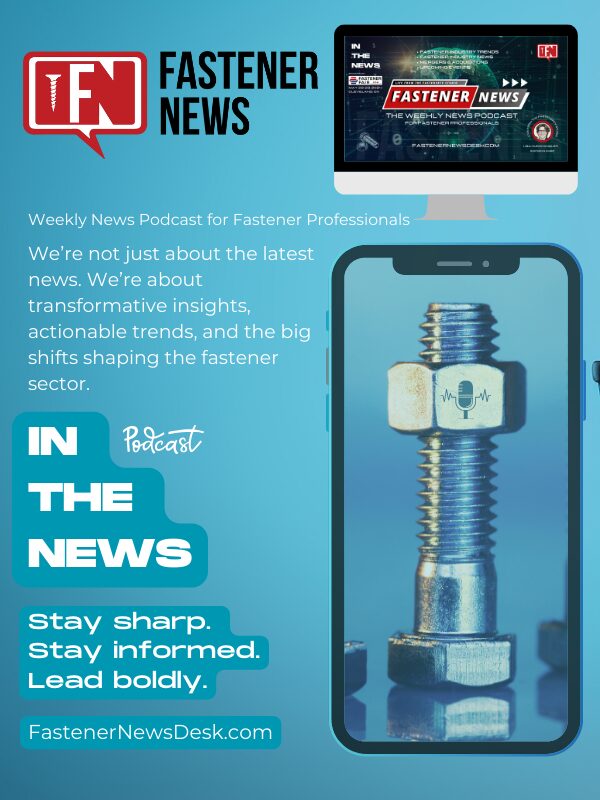COVID-19 has helped to accelerate the adoption of digital supply chains. As leaders move forward, however, they should assess how best to optimize this shift to interconnectivity for greater value.
Looking beyond recovery
THE COVID-19 pandemic has laid bare many of the long-standing vulnerabilities and risks lurking in organizations’ supply chains. In some cases, it has caused companies to take a hard look at their processes and their business models. In others, it has opened new opportunities for innovation, growth, and competitive advantage in the postpandemic world. Overall, it has demonstrated the power of interconnected, digital supply networks (DSNs) to enable organizations to anticipate, sense, and respond to unexpected changes and minimize their impacts.
To be sure, the challenges during the COVID-19 pandemic didn’t reveal the interdependent or global nature of supply chains; rather, they highlighted that most organizations aren’t set up to manage this interconnectivity when adverse impacts occur. In short, the pandemic has shown that if companies want to move forward into a future where they can thrive, they likely need to change.
But beyond the immediate economic and operational challenges created by the COVID-19 pandemic, what might supply networks in the postpandemic world look like? Despite the profound shifts we’ve experienced over the past year, the future of supply chains doesn’t look all that different from how we previously imagined it—we expect to simply get there much faster. To “get there,” however, supply chain leaders seeking to prepare their organizations’ supply chain processes for thriving postpandemic can focus on three key areas:
- Recognize shifts in your customers, business operations and technologies, ecosystems, and workforce: Four fundamental realities have shifted rapidly due to COVID-19. Each of these shifts can have direct and indirect implications for supply chains.
- Assess your organization’s ability to thrive amid these shifts: Supply chain leaders can consider a series of questions to evaluate their organization’s readiness to deliver amid these shifts.
- Position the organization to thrive: As they assess their readiness across these four shifts, leaders can take three overarching tactical steps today to prepare their organizations to thrive.
As part of Deloitte’s Respond, Recover, Thrive supply chain series, this report examines how organizations can revisit their supply chain strategies in light of all they have learned during the pandemic, and prioritize the capabilities they expect to require going forward to thrive in this new normal.
Recognize shifts in your customers, business operations and technologies, ecosystems, and workforce
While the pandemic is still unfolding and its long-term effects are still unknown, what is clear is that the crisis seems to have helped accelerate fundamental shifts in what customers value, how customers buy, and how businesses need to operate differently to meet customer requirements and earn their trust and loyalty (figure 1).
Meeting evolving customer values and product and service requirements.
Read full article.
Supply Chain, The Fastener Museum







![IoT Protocols [List] Behind the Next Technological Revolution](https://www.fastenernewsdesk.com/wp-content/uploads/2016/09/IoT-protocols-List-behind-the-next-technological-revolution-950x640-1-440x264.jpg)









